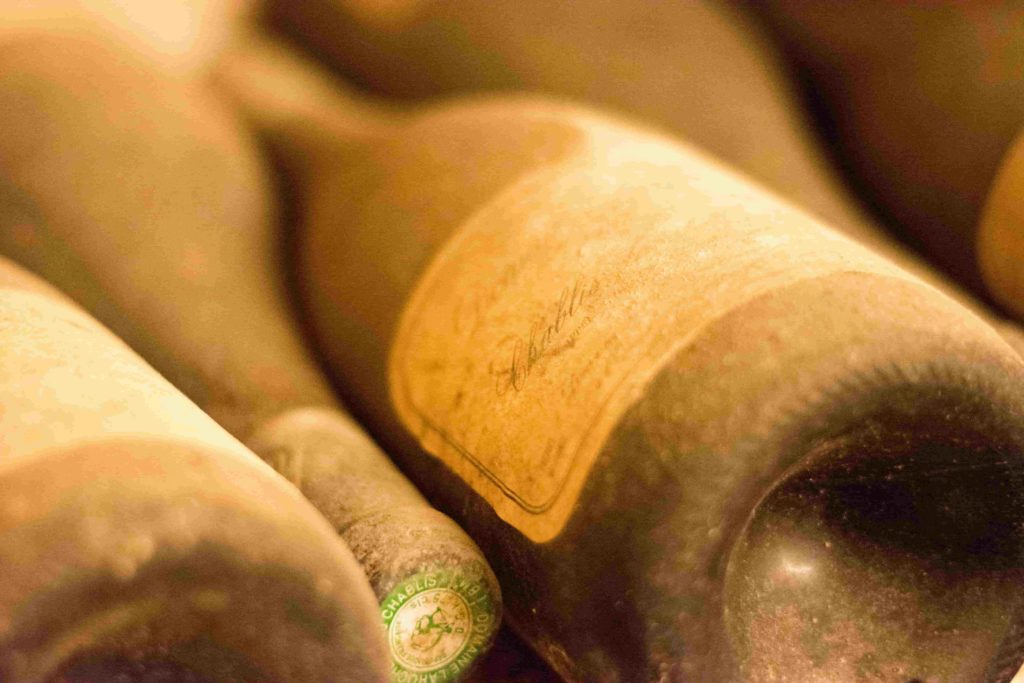For many of us, wine labels play an important role in choosing which wine to buy. But too often, we make that choice based on looks alone. It’s easy to pick a wine based on a label that reflects our idea of the kind of wine we imagine is inside the bottle. But this is often inaccurate.
What are wine labels and tasting notes trying to tell you?
Generally, wine labels give some idea of the type of wine inside. A sophisticated, refined Old World wine may have a fancy handwritten script and a picture of a chateau. A fun and fruity Australian red might have a bright orange label and a picture of a wombat.
Maybe we’re exaggerating a little. But there’s a lot more we can learn from a wine label and the tasting notes on the back if we know what to look for.
A guide to tasting notes and wine labels
- Who really made your wine?
The wine producer’s name is likely to be on the front label. But it’s important to try and identify who that person actually is. Is the producer on the label really the one who actually grew and harvested the grapes?
It could be that the name on the label is a ‘négociant’ who takes the grapes from a number of different growers. They then make and sell the wine under their own name. In our experience it pays to seek out growers who make their own wine and sell it directly. It’s not a hard and fast rule, but it’s a good way of identifying quality.
- Get to know your grapes
The range of grape varieties can be confusing. As well as the most common grapes, such as Cabernet Sauvignon and Merlot, there are also plenty of more unusual ones to explore too. As you taste more wines, you’ll begin to identify the ones you like and the ones you don’t.
It’s worth explaining a couple of terms you might see on a label. ‘Variety’ is just that – the variety of grapes the producer has used to make the wine. This may be a single variety, or a blend. If it’s a blend, then you’ll also see the term ‘Appellation’. This is a wine growing region with its own rules, including defining what blends of grape varieties makers can use to make wine in that area.
- Pick the best vintage
It’s not always easy to tell which vintage is better than another, but the year on the label can make a big difference. And making the right choice here is a question of research and experience.
Build an understanding of producers and which react best to the grape varieties they use. The weather each season brings also plays a big part in vintage quality. Maker expertise is crucial here. The very best can still make the best of a bad harvest and produce a vintage worth trying.
Of course, not all wines are vintage. Look out for NV (Non-Vintage) on the label. These wines have usually been blended using grapes from multiple years. Generally, they won’t be as high quality as a good single year vintage wine.
- Keep your own tasting notes
Wines sometimes have some brief tasting notes on the back of the bottle. The most important thing to remember here is that wine tasting is an intensely personal experience. A wine that tastes of blackcurrants to one person might be packed with plums to another. Use the notes as a rough indication only.
Our tip is to write your own tasting notes as you try different bottles. It’s a great way to make sure that you remember what you did and didn’t like about a particular bottle. There are lots of ways to do this but an app like Tipple makes it very straightforward.
By all means read reviews and follow wine critics you like. But don’t worry if you can’t immediately tell the difference between hints of white pepper or cedar wood, or if a wine has ‘backbone’. Try the wines they describe for yourself and cross reference notes with your own. Gradually, you’ll build up a sense of what the terms mean in the context of the wine you’re drinking right now.
One final tip. Don’t let the word ‘reserve’ fool you. It’s often used by producers to indicate the best wines produced during a particular year, but it’s a pretty loose term. The best advice we can offer is to keep track of the producers and grape varieties you love, see how they adapt year on year, and never stop learning.







